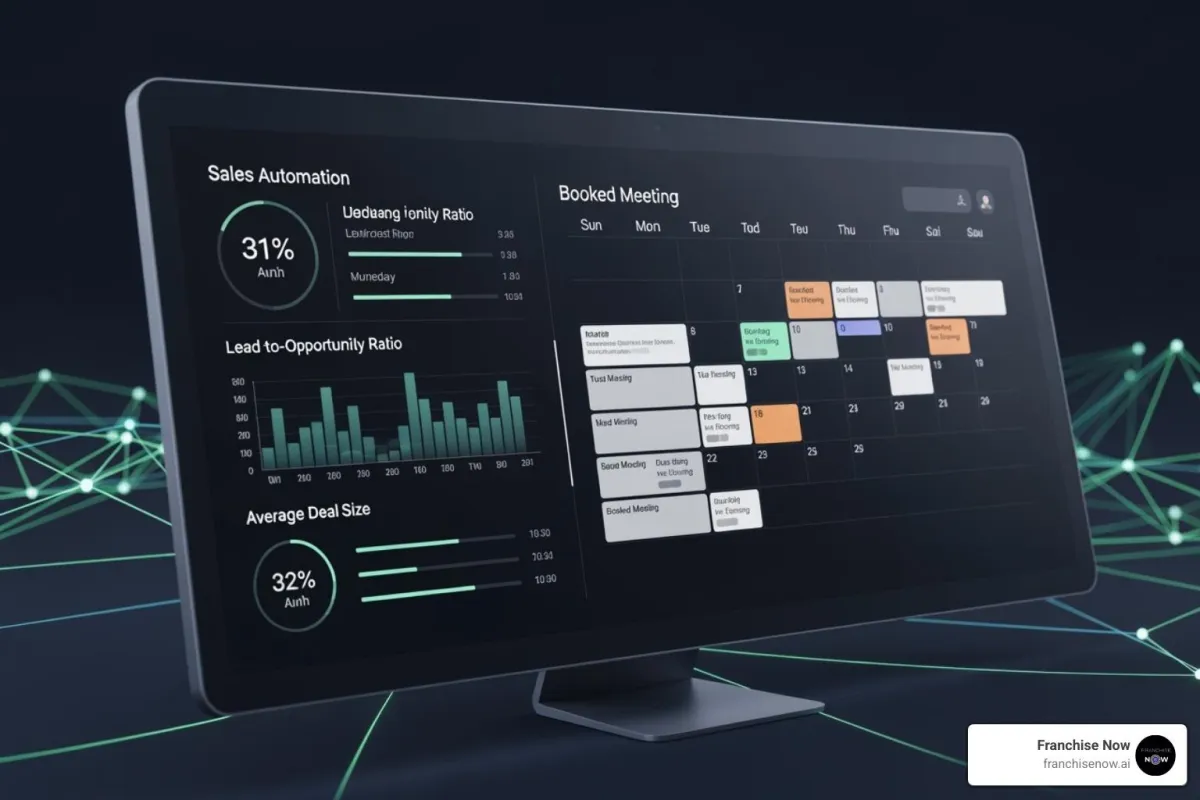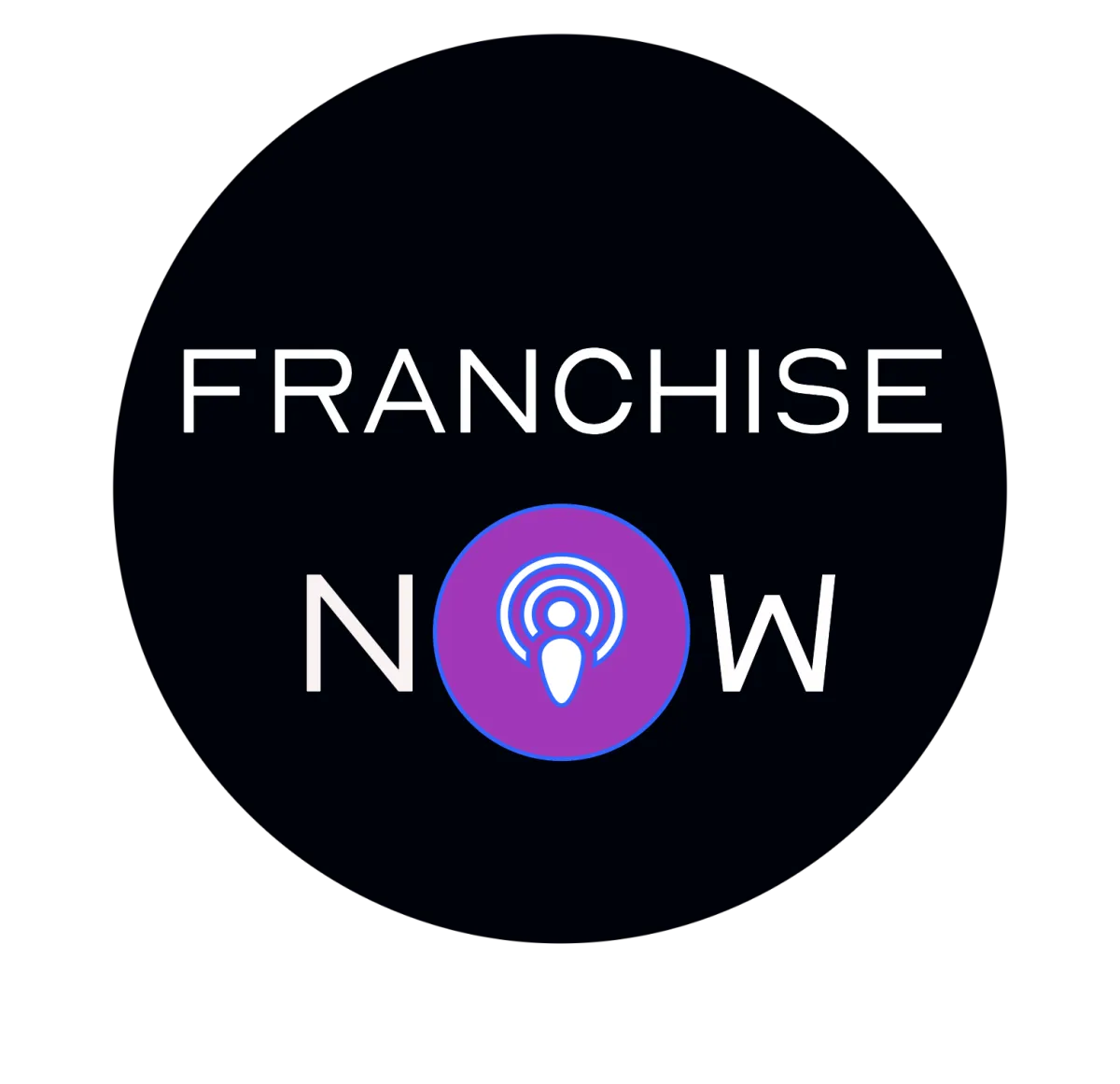
AiSDR: The AI SDR Platform That Books Meetings
Why Sales Teams Are Turning to AI for Outreach
AI SDR platforms are AI-powered sales development solutions that automate prospecting, personalize outreach, and book meetings on autopilot. They use AI agents to research leads, send personalized emails and LinkedIn messages, handle objections, and qualify prospects—delivering human-like engagement at a fraction of the traditional cost.
Many modern teams building these tools include alumni of programs like Y Combinator, and the space has rapidly matured to address the bottlenecks in outbound sales.
Quick overview of this approach:
What it does: Automates end-to-end sales outreach using AI agents.
Key features: Large contact databases, hundreds of personalization data sources, omnichannel outreach, and CRM integrations such as HubSpot.
Pricing: Typically subscription-based, with costs tied to send volume and/or features.
Best for: Startups, SMBs, and multi-location brands needing to scale outreach without large SDR teams.
Results: High open rates, solid reply rates, and consistent meetings from cold outreach.
Sales teams face a tough reality: hiring SDRs is expensive, yet many struggle with slow response times and generic outreach. The average SDR needs 20–30 minutes for one personalized email, a major bottleneck when trying to reach hundreds of prospects.
AI SDR platforms were built to solve this. They research each prospect using live signals like LinkedIn activity and job changes to craft personalized messages that drive replies.
I'm Rob Gandley, and I've spent decades helping franchise brands scale with AI automation. Through my work with AI SDR platforms and similar solutions, I've seen how AI agents can transform lead generation for multi-location brands that need speed and results without the high overhead of sales teams.
What is an AI SDR and How Does It Work?

Think of an AI SDR platform as an AI sales assistant that handles the entire prospecting and outreach process, from finding the right people to booking meetings on your calendar. It’s the SDR that never sleeps, never forgets to follow up, and researches every lead before reaching out.
These platforms have been built by teams with deep experience in sales automation and go-to-market operations, including alumni of programs like Y Combinator. The best solutions focus on solving real-world problems for sales teams.
The Core Problem an AI SDR Solves
Traditional sales development is broken. US companies spend billions a year on SDRs but still face common challenges that stall growth:
High SDR costs: Hiring, training, and retaining good SDRs is expensive and time-consuming.
Slow lead response: The chances of connecting with a lead drop dramatically after just a few minutes—a window that manual processes often miss.
Lack of personalization at scale: Generic email blasts are ineffective, but manual personalization is too slow, forcing a choice between quality and volume.
Inconsistent follow-ups: Many deals are lost simply because salespeople stop following up too soon.
Pipeline poverty: Without consistent, effective prospecting, the sales pipeline dries up.
AI SDR platforms exist to fix these issues, helping businesses grow their pipeline without adding headcount.
How an AI SDR Automates the Sales Process
An AI SDR manages the entire sales development workflow, from research to booking meetings.
First, data analysis and lead identification tap into large contact databases and diverse data sources. The platform looks for buying signals like website visits, LinkedIn engagement, and job changes to target interested prospects.
Next, it launches automated communication sequences, writing personalized emails and LinkedIn messages that sound human. It handles omnichannel outreach, including voice notes and videos, without manual intervention.
The platform then engages in AI-powered conversations. It intelligently handles objections, pauses for out-of-office replies, asks for referrals, and flags complex questions for a human.
The ultimate goal is appointment setting. Every interaction is designed to book meetings. The platform connects to your calendar and works 24/7, so interested prospects can book a time immediately. The interactions feel human-like because the AI learns your brand's tone, leading to higher reply rates and more meetings.
At Franchise Now, we know this automation transforms lead generation for many brands. Combining instant response times with personalized outreach at scale fundamentally changes how quickly you can grow your pipeline.
Key Features of an AI SDR Platform

What makes modern AI SDR platforms stand out is how they combine personalization, automation, and deliverability into one effective workflow.
Hyper-Personalization and Prospecting
Generic pitches don't work. The best AI SDRs put personalization at their core.
AI prospecting: They use large, enriched contact databases and many data sources to build a complete picture of each prospect, including LinkedIn profiles, company news, job postings, and tech stacks.
LinkedIn activity analysis: The AI analyzes a prospect's recent posts to craft relevant pitches, turning cold outreach into warm conversations.
Buyer intent signals: Leading platforms track web visits, social engagement, and job changes to identify prospects who are actively in the market—powerful for franchise development where timing is critical.
ICP matching: They help define your Ideal Customer Profile and automatically qualify prospects, ensuring you focus on leads that are likely to convert.
At Franchise Now, we've seen this precision transform lead generation. The AI tailors every message based on real engagement data, which is key to how AI agents are transforming lead generation.
Automation, Integrations, and Deliverability
Personalization is useless if emails don't land in the inbox.
Automated follow-ups: The system ensures every lead gets a response within minutes via email, LinkedIn, or text. It intelligently handles out-of-office replies and keeps conversations moving.
Objection handling: AI can address common objections using pre-loaded information, keeping prospects engaged without constant human intervention.
Integrations: Seamless, two-way CRM integrations (e.g., HubSpot, HighLevel) sync lists and personalize messages with CRM data. Phone integrations such as Aircall can blend AI messaging with human phone calls.
Email deliverability: Best practices include domain purchasing, mailbox setup, and automatic inbox warming to build sender reputation. Sends are often staggered (for example, \~50/day per mailbox), and addresses are verified to keep bounces low so your messages avoid spam folders.
This technical focus allows us to scale outreach confidently, knowing our messages reach the right people. It's foundational to how we use AI-powered analytics to transform franchise operations and drive measurable growth.
Evaluating AI SDR Platforms: Performance, Pricing, and User Feedback
When evaluating a new sales tool, focus on performance, price, and user feedback. Here’s how AI SDR platforms generally measure up.
Claimed Results and Success Metrics
Commonly reported results for AI SDR deployments include:
68% open rate: A strong signal that personalization and deliverability are effective.
5–8.5% reply rate: Engagement comparable to manual, human-led outreach.
1–3 meetings per 100 leads: Converting cold prospects into sales opportunities.
Up to 15% more revenue from month one: Tangible business impact.
Under 10-minute response times: Speed that is critical for winning deals.
Pricing Structure and Value
Pricing varies by vendor and volume. Many offer flat-fee plans with unlimited seats and feature parity, with higher tiers available for increased sending limits. Compared with hiring and managing a full-time SDR, AI SDR platforms often deliver significant cost savings while working 24/7 and handling follow-ups automatically. For many teams, the value proposition is a compelling way to scale efficiently.
What Users Say: Pros and Cons
Pros:
Ease of use: Intuitive reports with fast setup (often 1–3 days).
Quality of AI copy: Emails feel personal, contextualized, and realistic.
Responsive support: Access to onboarding specialists and GTM guidance.
All-inclusive plans: Strong value, especially with unlimited seats.
Cons:
Limited integrations: Options beyond popular CRMs may be limited.
Content needs tweaking: AI-generated content occasionally benefits from a quick human review.
Learning curve: Advanced features can take time to master.
Cost for very small teams: Monthly fees may feel high for early-stage businesses.
Overall sentiment is positive when teams pair AI SDRs with a clear ICP, strong data, and a human handoff for complex conversations.
Who is an AI SDR For? Ideal Use Cases
An AI SDR is transformative for businesses ready to scale sales without the traditional overhead of a large SDR team.
Ideal User Profile
An AI SDR is a strong fit for:
Companies without a dedicated SDR: Startups and SMBs can get immediate results without the cost and management of hiring a full-time SDR.
Teams looking to scale outreach: Dramatically increase outbound volume with personalized messaging while the human team focuses on closing.
Businesses needing to improve inbound conversion: AI responds to and qualifies leads instantly, 24/7, maximizing conversion opportunities from websites and chat.
Franchise Development, B2B sales and marketing teams: Any team focused on pipeline generation and efficiency can leverage AI SDR automation and analytics.
At Franchise Now, we see AI SDR workflows as a perfect tool for our franchise development clients to generate leads, nurture prospects, and book appointments, aligning with our mission to help franchisors grow smarter.
Top Use Cases
AI SDR platforms are versatile and adapt to various sales and marketing needs:
Outbound prospecting: Build a predictable pipeline through personalized, automated cold outreach.
Inbound lead nurturing: Ensure no opportunity is missed by instantly following up, qualifying, and nurturing leads from all inbound channels.
Reactivating old leads: Re-engage cold or lost leads with targeted campaigns to reignite interest and uncover hidden opportunities.
Event and webinar follow-up: Automate invitations, reminders, and post-event follow-up to maximize engagement and conversion.
SaaS and subscription growth: Nurture free trial users, cross-sell additional products, and up-sell existing customers with targeted campaigns.
Franchise development: Identify and engage potential franchisees, guiding them through initial qualification.
24/7 appointment booking: AI agents schedule meetings around the clock and seamlessly hand off complex conversations to a human—a key part of our philosophy of Enhancing Human Connections with AI.
Frequently Asked Questions about AI SDRs
Here are answers to the most common questions about AI-powered outreach.
Can an AI SDR completely replace a human SDR?
No. An AI SDR is designed to make your human SDRs better, not replace them. Think of it as a junior SDR that handles the repetitive, time-consuming tasks: prospecting, initial outreach, and booking meetings.
This frees up your human team to focus on higher-value work like building relationships, handling nuanced conversations, and closing deals. At Franchise Now, we use this hybrid approach, letting AI handle the heavy lifting before a seamless handoff to a human for conversations requiring empathy and strategic thinking.
How do AI SDRs ensure emails don't land in spam?
Deliverability best practices include:
Automatic inbox warming to gradually build sender reputation with email providers.
Proper setup: Domain purchase and correct mailbox configuration (SPF, DKIM, DMARC).
Staggered sending to protect domain reputation and avoid spam filters (for example, limiting to around 50 emails per day per mailbox).
Verified contacts to keep bounce rates low.
This combination helps ensure your messages reach their intended targets.
What kind of support do AI SDR vendors offer?
Most provide robust customer support with 24/7 channels and access to onboarding or GTM specialists. These experts help with campaign setup, offer strategic advice, and ensure you're using the platform effectively.
Users consistently praise responsive and helpful support, which assists with onboarding and strategy. This level of guidance helps teams get up and running quickly, often within 1–3 days.
Conclusion: Is an AI SDR the Right Move for Your Team?

If you're tired of high SDR costs, missed leads, and ineffective outreach, an AI SDR deserves a serious look. Reported outcomes—such as high open rates, solid reply rates, and 1–3 meetings per 100 leads—translate into real revenue growth. You get a 24/7 system that handles prospecting and nurturing with a level of personalization that's difficult to achieve manually.
At Franchise Now, we see how AI automation is changing franchise development. The winning strategy isn't replacing humans but using AI to improve human connections. AI handles the repetitive work, freeing your team to focus on building relationships and closing deals. It's the best of both worlds.
If your team is struggling to scale outreach or can't afford a full SDR team, an AI SDR platform can be transformative—especially in the franchise space. The question isn't whether AI will play a role in your sales process, but whether you'll adopt it now to gain a competitive edge.
Ready to see how AI can revolutionize your lead generation? Discover how AI can generate more leads for your business.

